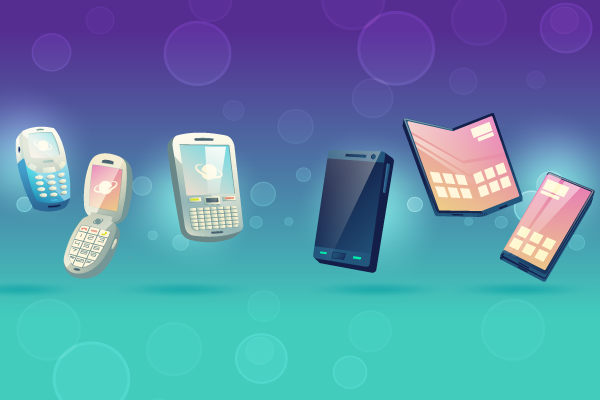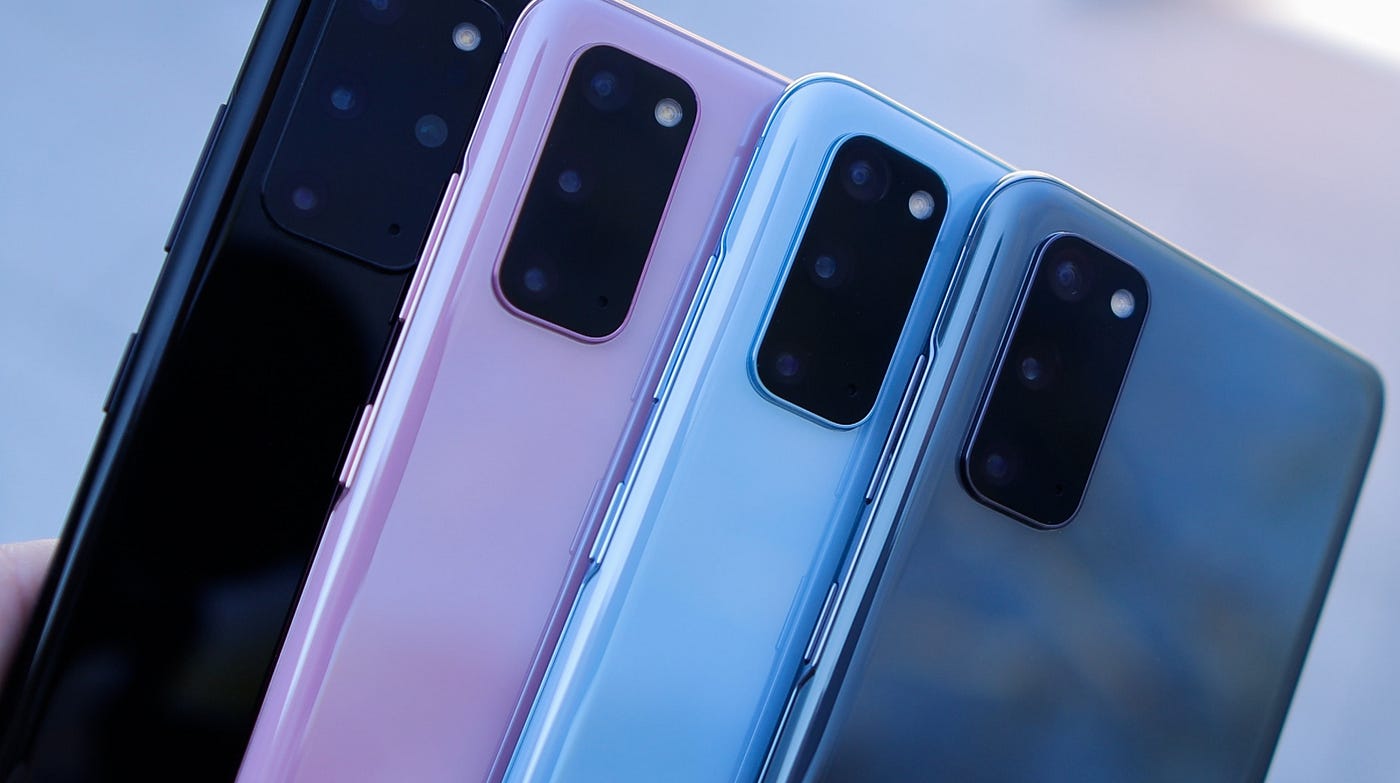Introduction:
In the last two decades, smartphones have dramatically transformed our daily lives, reshaping communication, commerce, entertainment, and even our sense of community. What began as a luxury gadget has evolved into an essential tool, central to both personal and professional realms. This article delves into the evolution, features, and profound impact of smartphones on society.
Evolution of Smartphones:
The journey of smartphones began with the advent of the IBM Simon Personal Communicator in 1994, widely considered the first smartphone. It combined a mobile phone with a PDA (Personal Digital Assistant) and featured a touchscreen interface, email capability, and basic applications. However, it wasn’t until the launch of the Apple iPhone in 2007 that Smartphone became mainstream. The iPhone revolutionized the industry with its user-friendly interface, sleek design, and the introduction of the App Store in 2008, which allowed third-party developers to create applications, expanding the phone’s functionality beyond imagination.
Key Features of Modern Smartphones:
Today’s smartphones are marvels of engineering, equipped with a multitude of features that make them indispensable:
Advanced Hardware:
Modern smartphones boast powerful processors, high-resolution cameras, and ample storage capacity. The introduction of multi-core processors and GPUs has transformed smartphones into handheld computers capable of handling complex tasks and high-definition gaming.

Operating Systems:
The two dominant operating systems, iOS and Android, have created robust ecosystems. iOS, exclusive to Apple devices, is known for its smooth integration with other Apple products and a consistent user experience. Android, an open-source platform by Google, offers a wide range of customization options and is used by multiple manufacturers, providing diverse hardware choices.
Connectivity:
Smartphones offer multiple connectivity options, including 4G and 5G networks, Wi-Fi, Bluetooth, and NFC. 5G technology, in particular, promises faster data speeds, lower latency, and the potential to support new applications such as augmented reality (AR) and virtual reality (VR).
Applications:
From social media and streaming services to productivity tools and health monitoring apps, the variety and functionality of smartphone applications are vast. The integration of AI and machine learning in apps enhances user experience, offering personalized recommendations and smart assistants like Siri and Google Assistant.
Security Features:
Biometric authentication methods, such as fingerprint sensors and facial recognition, have significantly improved the security of smartphones. Encrypted messaging apps and secure payment methods further enhance user privacy and security.
Impact on Society:
The widespread adoption of smartphones has had a profound impact on various aspects of society:
Communication:
Smartphones have revolutionized the way we communicate. Instant messaging apps, social media platforms, and video calling services have made it easier to stay connected with friends and family across the globe. The convenience and immediacy of communication have also influenced business practices, enabling remote work and real-time collaboration.
Information Access:
With internet access at our fingertips, smartphones have democratized information. They serve as powerful educational tools, offering access to a wealth of knowledge through online courses, e-books, and educational apps. This has been particularly beneficial in remote and underserved areas.

Commerce:
The rise of e-commerce and mobile banking has been facilitated by smartphones. They enable consumers to shop online, make payments, and manage their finances with ease. Mobile wallets and payment apps have streamlined transactions, reducing the need for physical cash.
Entertainment:
Smartphones have become primary sources of entertainment. Streaming services for music, movies, and TV shows, along with gaming apps, provide endless entertainment options. Social media platforms also offer a space for content creation and consumption, influencing trends and popular culture.
Health and Well-being:
Health and fitness apps help users monitor their physical activity, diet, and sleep patterns. Telemedicine services, accessible via smartphones, allow for remote consultations and medical advice, improving healthcare access and convenience.
Conclusion
The smartphone is a quintessential example of how technology can transform society. Its evolution from a simple communication device to a multi-functional powerhouse underscores the rapid pace of technological advancement. As smartphones continue to evolve, their impact on our lives is likely to grow, further intertwining with various aspects of our daily routines and driving innovation across industries. The future holds exciting possibilities, from advancements in AI and AR to enhanced connectivity through 5G, ensuring that smartphones will remain at the forefront of technological progress.

